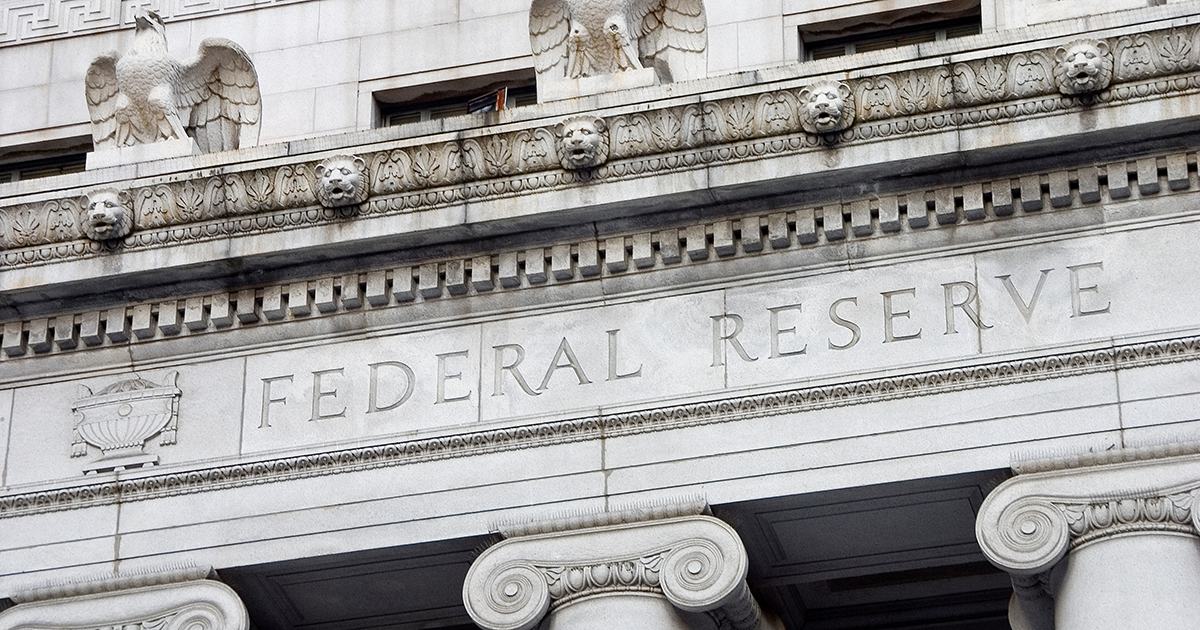

What does a changing Federal Funds rate mean for the economy?
Published: 11/18/2024
Exploring the impact of federal rate changes on interest rates and consumer spending
By Kristen Stephenson
Last year, GPEC launched the Economic Monitor, a comprehensive web tool designed to provide timely, actionable insights into the state of the economy. Through an exploration of key economic indicators, the Economic Monitor offers a concise picture of health at both national and regional levels. We previously covered how each of the indicators individually impacts the economy; now we’re going to dive into how they all work together.
How are the Federal Funds Rate and other interest rates connected?
The federal funds rate is the interest rate in which depository institutions lend reserve balances to other depository institutions on an overnight basis. The federal funds target rate is set by the Federal Open Market Committee (FOMC), which is comprised of the Board of Governors of the Federal Reserve, the President of the New York Federal Reserve and four other Federal Reserve bank presidents who serve on rotating one-year terms. The group convenes eight times a year to set the target rate. The Federal Reserve tries to strike a balance between economic growth and inflation, seeking to keep the core measure of inflation around 2% while maximizing employment growth.
The interest rates set by the Federal Reserve tend to impact other interest rates such as mortgage rates or auto loans, which generally move in the same direction as the federal funds rate. However, rate changes can vary because they are not actually tied directly together. For example, mortgage lenders tend to focus on U.S. Treasury bonds and the prime rate – the rate that commercial banks charge their most credit-worthy customers – and add a premium on top of that based on credit scores, previous payment history, etc. to set their rates. Auto loans function much the same way, focusing on the prime rate as a basis. Essentially, the federal funds rate does not directly impact loans but does directly impact the cost for the bank to lend the money to the consumer.
This also has a downstream effect on the economy in terms of consumer spending. If mortgages, auto loans and other debts are financed at a higher rate, this leaves less discretionary income for consumers to spend.
What do the current numbers tell us?
In 2020, in the immediate aftermath of the pandemic-induced recession, the federal funds rate was lowered to 0.0-0.25% and kept there until March 2022. Rates were raised over the next 16 months in an effort to bring inflation under control. Rates were then held steady until the September FOMC meeting, where the first post-pandemic rate cut happened. As inflation fell closer to the 2%, the Fed saw that as an indication to begin to lower rates.
At their November meeting, the Fed elected to lower rates by 0.25, resulting in the target rate being set at 4.5-4.75%. This was after being lowered by 0.5 percentage points at its September meeting. Another rate cut is expected to occur at the December FOMC meeting, generally forecasted to be another 0.25 percentage point cut.
As mentioned above, the federal funds rate and other rates tend to follow each other. However, this has not been the case with the recent rate cut. The average 30-year mortgage rate began to fall in anticipation of the Fed rate cut in September, but actually climbed by 0.5%-1% percent in the aftermath of the first Fed rate cut; it has only been within the last few days that the rate has begun to drop again. Thirty-year fixed rates are now just under 7%. Nonetheless, mortgage rates are expected to stabilize in 2025.
To monitor economic conditions in real time along with me, visit gpec.org/monitor. We hope you find the Monitor a valuable tool in understanding the ever-changing economic landscape.